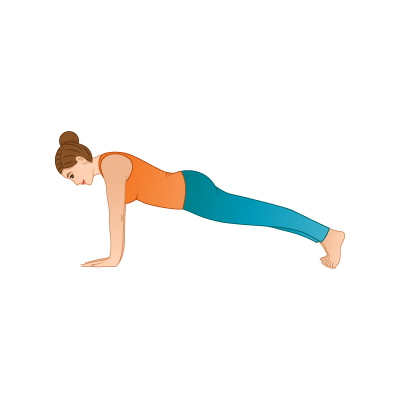The Essential Guide to Yoga Nidra
January 3, 2018 | 4 min read
Yoga Nidra or “The Yogis Sleep” is a practice that allows a yogi to come into a state of being that is somewhere between sleep and being awake. It is thought to be amongst the deepest possible state of relaxation while remaining fully conscious. Yoga Nidra is an excellent practice for any yogi no matter their skill set.
The practice of Yoga Nidra is essential to anyone today. As the world becomes more and more distracted, Yoga Nidra allows practitioners to truly relax and connect with a deeper sense of self.
The History of Yoga Nidra
This relaxation practice is an ancient yogic concept found amongst Hindu and Buddhist traditions. However, much like many yogic concepts, its exact origin is contested amongst various schools of yoga.
It is believed that Swami Satyananda Saraswati began experiencing the practice of Yoga Nidra during the mid 20th century and shortly after developed a means of guiding others through the practice. He believed that this practice had deep ties to the Tantra yoga practice known as Nyasa.
Benefits of Yoga Nidra
Yoga Nidra has several amazing benefits. In its initial stages, anxiety and tension are released from the body and the mind. This release allows for the benefits to be even more expansive than practicing a simple savasana. These benefits include;
- Lessening of headaches
- Lessening of pain
- Easing abdominal anxiety
- Lessening the effects of PTSD
- Easing chest pains and palpitations
- Aides in achieving goals
- Emotional strength
- Self awareness
The Practice Order of Yoga Nidra
As Yoga Nidra elicits a deep relaxation response, it is best to practice around the same time of day either first thing in the morning or later in the evening.
Satyananda’s practice consisted of the following eight stages;
- Internalisation – Your awareness begins to move from the physical body inward.
- Sankalpa – This is an intention that is set at the beginning of each practice and remains the practitioner’s sole intention until it becomes true.
- Rotation of Consciousness – The practitioner is led by the body in a guided manner while repeating the name of the body part and visualizing it.
- Breath Awareness – Bringing awareness to the breath.
- The manifestation of Opposites – The practitioner explores opposite emotions or sensations while practicing non-attachment.
- Creative Visualization – Simple visualizations are created and can be based on any number of topics.
- Sankalpa – The original intention is repeated to deeply root this into your body and mind’s purpose.
- Externalization – You begin to bring sensation back to the body.
What You Need To Practice Yoga Nidra
This practice may seem tempting to do in bed, however, your bed may be too comfortable for this practice and you may drift too far into sleep.
It is recommended that anyone practicing wear light and loose clothing and that a quiet distraction-free environment is created.
It is recommended to practice on a yoga mat in a room that is dark and quiet with a mild temperature. If the room is too warm, students will fall asleep which is not the goal of this practice.
How Long Should A Yoga Nidra Practice Be
A Yoga Nidra practice can be as short as five minutes up to as long as an hour. It is highly recommended that if you begin to fall asleep during the practice that you complete the practice and try again with a shorter time duration.
Teaching Yoga Nidra
This is an excellent technique to teach in classes or workshops. Following the eight stages of Yoga Nidra, the content of your speech can really include anything. You can go for a full body relaxation or a visualization that includes a long walk or a day at the beach. The content of your Yoga Nidra is entirely up to you as long as it fits within the eight stages.
It is important to remember the following;
- Speak in a clear and steady tone.
- Pause between each instruction and then repeat what you last said.
- As you go over the body awareness be brief, giving students only enough time to direct their awareness and state the name of the body part they are focusing on.
- Encourage them to commit to a deep intention
- To avoid students falling asleep, find points within your speech to remind them that they are awake.
Teaching Yoga Nidra may seem a bit different at first, but it is an incredible practice to share with your students. It also offers a level of creativity that many forms of meditation do not offer. There is a wealth of Yoga Nidra recordings and scripts available online should you be interested in learning more. With a little practice, you will be lulling students to a deep state of relaxation in no time.
Posted in Teaching Resources, Teaching Tips
Tags: yoganidra




